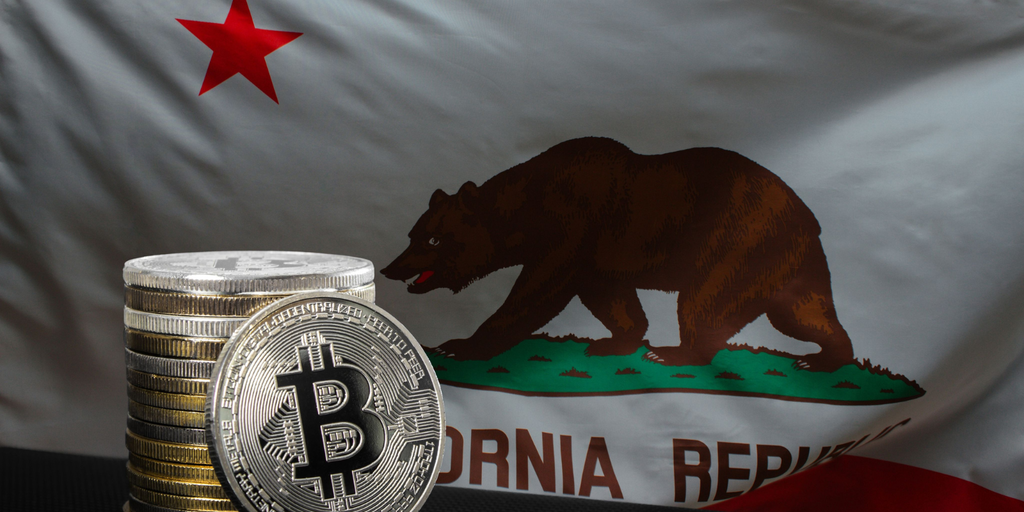Actor Val Kilmer—star of Top Gun, The Doors, and Batman Forever, among other roles—has died at the age of 65 of pneumonia, Deadline Hollywood reports.
Kilmer was diagnosed with throat cancer in 2015 and while chemotherapy and two tracheotomies helped him defeat it, the procedures destroyed his voice. He spoke in a rasp or used an electric voice box for the remainder of his life and largely left acting. (He made a brief cameo in 2022's Top Gun: Maverick, for which his voice was digitally altered.) The 2021 documentary Val, narrated by his son Jack Kilmer, followed his life and health struggles.
Kilmer had a reputation for being eccentric and difficult to work with, but he also had his champions, and his talent was undeniable. “While working with Val on Heat, I always marveled at the range, the brilliant variability within the powerful current of Val’s possessing and expressing character," Michael Mann, who directed the actor in 1995's Heat, told Deadline. "After so many years of Val battling disease and maintaining his spirit, this is tremendously sad news.”
Sure, there were some stinkers over the course of Kilmer's career, but he leaves behind an impressive list of roles that have stood the test of time. His portrayal of rock star Jim Morrison in The Doors (1991) was widely praised, as was his work in the 2004 black comedy Kiss Kiss Bang Bang opposite Robert Downey, Jr.
And who could forget his deliciously profligate Doc Holliday ("I'll be your Huckleberry") in 1993's Tombstone or his colorful turn as Elvis Presley in True Romance that same year? Then there was the cocky "Iceman" opposite Tom Cruise's Maverick in 1986's Top Gun and Madmartigan in the classic fantasy adventure Willow (1988) that turned him into a major star.
But here at Ars, we'd like to remember him as Chris Knight in Real Genius, the rebellious, irreverent science whiz kid at the fictional Pacific Tech (a thinly disguised Caltech) who befriends a shy young 15-year-old freshman (Gabriel Jarret). It was only his second feature film role, but Kilmer was unforgettable. So we're re-upping our 2020 tribute to the film in Kilmer's honor.
[Original article:]
Back to the Future justly dominated the summer box office in 1985, but it's too bad its massive success overshadowed another nerd-friendly gem, Real Genius, which debuted one month later, on August 9. Now celebrating its 35th anniversary, the film remains one of the most charming, winsome depictions of super-smart science whizzes idealistically hoping to change the world for the better with their work. It also boasts a lot of reasonably accurate science—a rare occurrence at the time.
Real Genius came out the same year as the similarly themed films Weird Science—which spawned a 1990s TV sitcom—and My Science Project, because 1980s Hollywood tended to do things in threes. But I'd argue that Real Genius has better stood the test of time, despite being so quintessentially an '80s film—right down to the many montages set to electronic/synth-pop chart-toppers. The film only grossed $12.9 million domestically against its $8 million budget, compared to $23.8 million domestically for its fellow cult classic, Weird Science. (My Science Project bombed with a paltry $4.1 million.) Reviews were mostly positive, however, and over time it became a sleeper hit via VHS, and later, DVD and streaming platforms.
(Spoilers for the 35-year-old film below.)
Fifteen-year-old Mitch Taylor (Gabriel Jarret) is a science genius and social outcast at his high school. So he is over the moon when Professor Jerry Hathaway (William Atherton), a star researcher at the fictional Pacific Technical University, stops by the science fair to inform Mitch he's been admitted to the university. Even better, Hathaway has handpicked Mitch to work in his own lab on a laser project. But unbeknownst to Mitch, Hathaway is in league with a covert CIA program to develop a space-based laser weapon called "Crossbow," designed for precisely targeted political assassinations. The only remaining obstacle is the weapon's power source: they need a 5-megawatt laser and are relying on Hathaway to deliver.
The first act is a nerdier version of the classic fish-out-of-water tale, as Mitch arrives at Pacific Tech and tries to fit in. His roommate, Chris Knight (Val Kilmer), is a senior who was once a bright young star like Mitch but has since rebelled against the high-pressure academic grind and embraced a goofy YOLO approach to life, urging his fellow students to allow themselves to blow off a little steam now and then. Mitch butts heads with Kent (Robert Prescott), a less gifted older protegé of Hathaway's who is jealous of the attention Mitch receives. He finds friends and allies not just in Chris, but also fellow science nerds "Ick" Ikagami (Mark Kamiyama) and Jordan Cochran (Michelle Meyrink), a hyperactive young woman who rarely stops talking or inventing gadgets, and by her own admission almost never sleeps.
For the "Smart People on Ice" scene, the crew used a frozen volatile gas, pumped through thousands of feet of tubing beneath the corridor flooring that was connected to a refrigeration unit to keep the gas cold. And as Ick explains when Kent asks him what will happen when the ice melts, the frozen gas shifts directly from a solid to a gaseous state, rather than melting into a liquid.
Then there is the famous popcorn scene that marks the group's triumph over Hathaway. Mitch, Chris, Ick, Jordan, and Lazlo fill his newly renovated house (accomplished with funds embezzled from his CIA grant) with unpopped popcorn covered in tinfoil. They place a prismatic-like piece of glass on the window sill and hijack the computer during Hathaway's big military test to redirect the laser energy through that window. The kernels start popping, expanding to fill the entire house until it quite literally bursts at the seams.
Real Genius movie clip: Jerry's House of Popcorn.
In a 2010 interview with the AV Club, Atherton revealed that the studio had six ten-foot-high air poppers devoted to popping popcorn all day for three months, filling a massive storage tank. Since the popcorn had been treated with fire-retardant to keep it from combusting, additional measures had to be taken to ensure the birds didn't eat it. All that popcorn was then carted out to a new subdivision being built in Canyon Country just northwest of Los Angeles and then stuffed inside a Victorian frame house specifically built for the film. That way the crew could pull the whole thing down in the climactic scene with the help of an elaborate network of conveyor belts, hydraulic lifts, airblowers, and vacuum hoses. "Now they'd do it digitally, I guess, but in those days, you had to pop the dang popcorn and put it in a truck and schlep it out to the valley," Atherton said.










 English (US) ·
English (US) ·